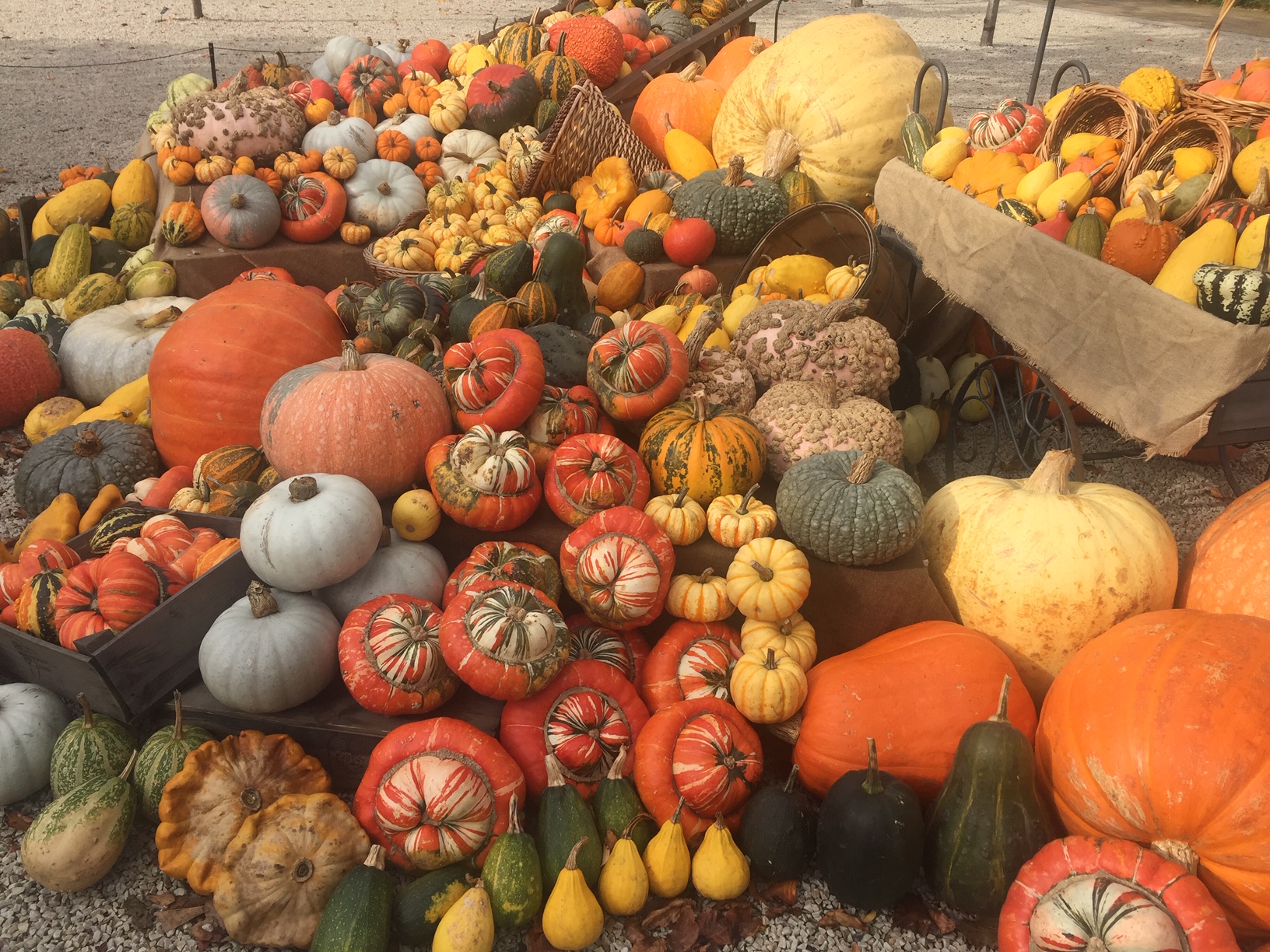What are Phytonutrients?
Phytonutrients are naturally occurring compounds found mainly in vegetables and fruits.
They have significant health benefits and just a small increase in your daily intake can have a dramatic impact on your overall health. They have antioxidant, anti-inflammatory and anti-carcinogenic effects and a recent study in the Journal of Nutrition, has shown that a high intake has been associated with reduced mortality in older adults.
There have been numerous research studies into the benefits of including phytonutrients in the diet:
- In 2006 an analysis of a number of studies found a 26% reduced risk of stroke in people consuming more than 5 servings of fruit and vegetables.
- In 2010 green leafy vegetables were found to reduce the risk of diabetes and furthermore, an increase of 1.15 servings of fruit and vegetables a day was associated with a 14% decrease in the incidence of Type 2 diabetes.
- Flavonoids which are found in fruit and vegetables were associated with a significantly reduced risk of many different types of cancer.
- A similar study found a 41% reduced risk of dementia with a high dietary intake of flavonoids.
So where do you find these phytonutrients?
- Chlorophyll and lutein are found in green vegetables such as kale, broccoli, cabbage, spinach, asparagus, green apples, kiwi, green beans
- Lycopene and capsanthin can be found in red fruit and vegetables including tomatoes, red peppers, red cabbage, pomegranate, watermelon, cherries, red apples, cranberries
- beta carotene, which are body converts into Vitamin A, is found in yellow and orange vegetables such as pumpkin, squash, carrots and sweet potatoes, mango, papaya, tangerines and pineapple
- Allicin are flavanols and are found in white vegetables such as the onion family: onion, garlic, chives and leeks and also cauliflower, mushrooms and pears
- Anthocyanins and quercitin are found in purple and blue skins including blueberries, blackcurrants and blackberries; beetroot, plums, purple broccoli and elderberries.
The important message to take away is to eat a variety of different coloured fruit and vegetables as part of your daily diet: think RAINBOW ON YOUR PLATE – making sure you have a good variety of different colours.
Try to aim for 5 vegetables/salad portions and a maximum of 2 fruits daily.
PS: the photo was taken at RHS Gardens Wisley – the most fantastic variety of pumpkins and squash!




